Guide To Treating And Preventing Acute Cholecystitis
Acute cholecystitis is the medical term often used for sudden inflammation of the gallbladder. It is generally caused by a blockage due to a lodged gallstone, but may be caused by other factors as well. Symptoms include pain, tenderness, fever, nausea, and vomiting. Left untreated, the gallbladder could become damaged, potentially resulting in gangrene or a rupture of the gallbladder. Acute cholecystitis is pretty rare. Less than fifteen percent of the population is believed to have gallstones, and only up to about four percent of those individuals are expected to suffer from an acute bout of cholecystitis. Treatment is necessary to reduce symptoms and prevent complications. Reveal the best ways to treat and prevent acute cholecystitis now.
Intravenous Fluids To Prevent Dehydration
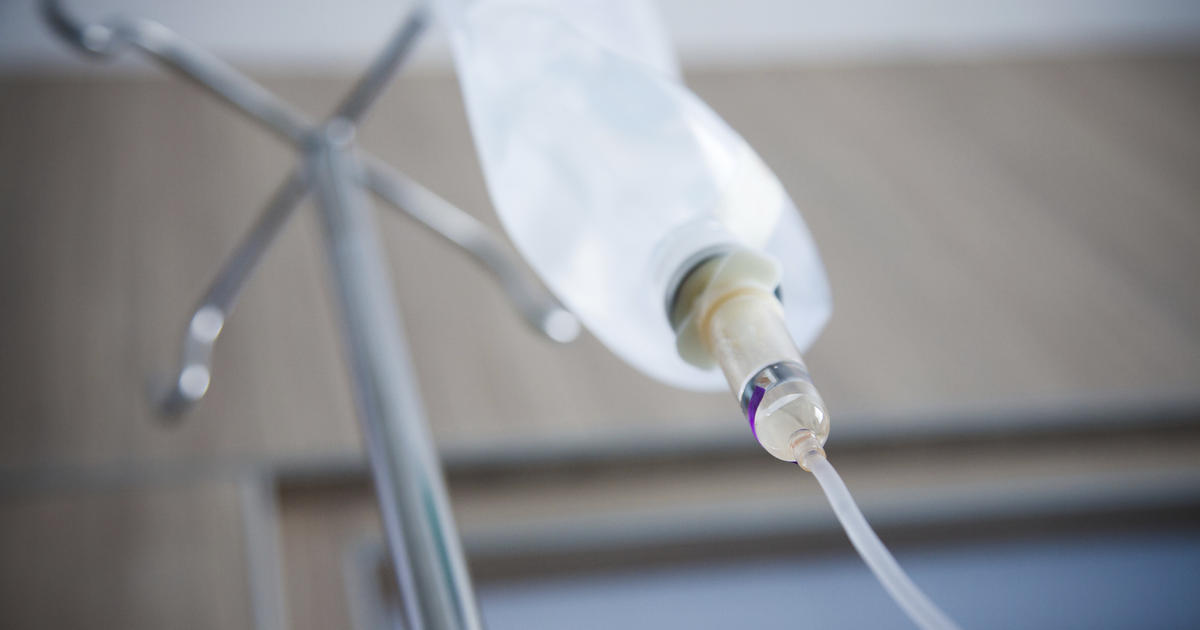
Patients with acute cholecystitis will most likely be admitted to the hospital for treatment, where they will most likely be unable to eat or drink anything. In this case, it is especially important to remain hydrated to prevent complications or the onset of additional medical problems. Patients will receive the appropriate fluid mixture through an intravenous drip, known as an IV. They will have to remain in the hospital while receiving intravenous fluids to prevent dehydration. Once they are feeling better, it is important to drink enough fluids to keep the bile moving freely through the gallbladder.
Reveal the next option for treating acute cholecystitis now.
Pain Relief Medication
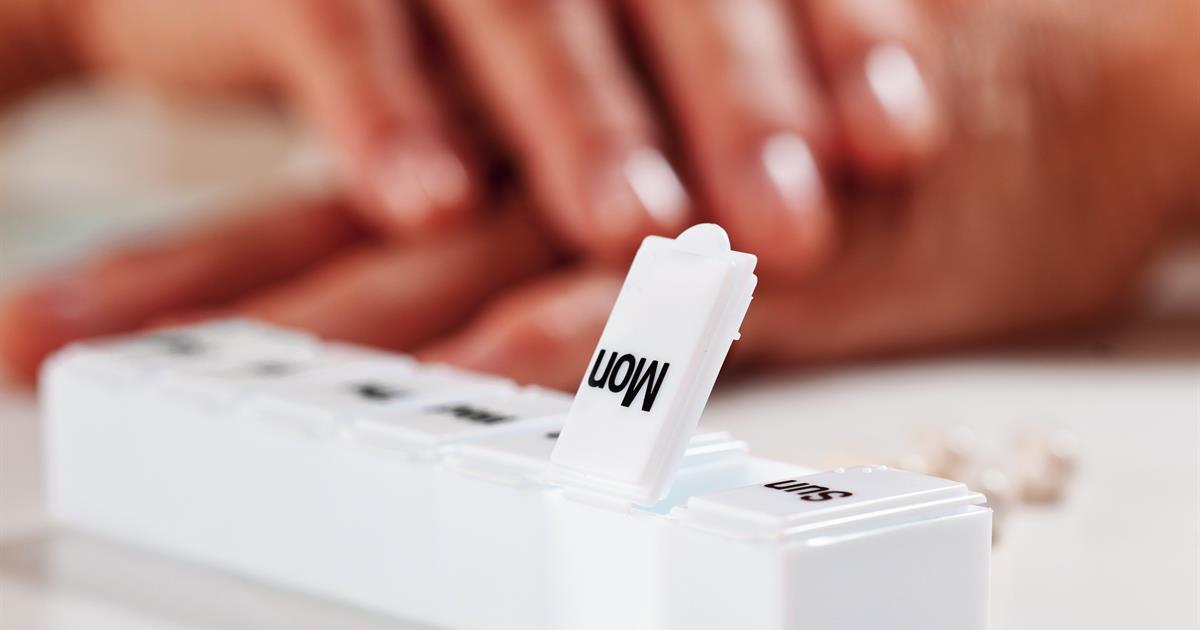
While not exactly a treatment for acute cholecystitis, pain relief medication may be necessary to relieve symptoms so patients can feel more comfortable. If a blockage in the gallbladder is causing acute cholecystitis, excess bile will not be able to flow and can accumulate within the gallbladder, resulting in a lot of bile retention and severe pain. This pain is typically felt within the upper right quadrant of the abdominal region and can radiate all the way into the back or right shoulder. Pain medication will only be necessary until the strain of the excess bile in the gallbladder is relieved.
Keep reading for more on treating and preventing acute cholecystitis now.
Fasting To Reduce Gallbladder Strain

The gallbladder holds bile produced by the liver, which is used to help the body to digest fats and break down the essential nutrients found in the fats. When individuals eat, especially fatty foods, the liver will produce more bile that goes into the gallbladder. If a blockage is present, it will result in too much bile in the gallbladder. Fasting to reduce gallbladder strain is highly recommended to help to reduce the amount of bile being held in the gallbladder. Patients will most likely be given IV fluids during this fasting to reduce the risk of dehydration.
Uncover another method of treating acute cholecystitis now.
Cholecystectomy
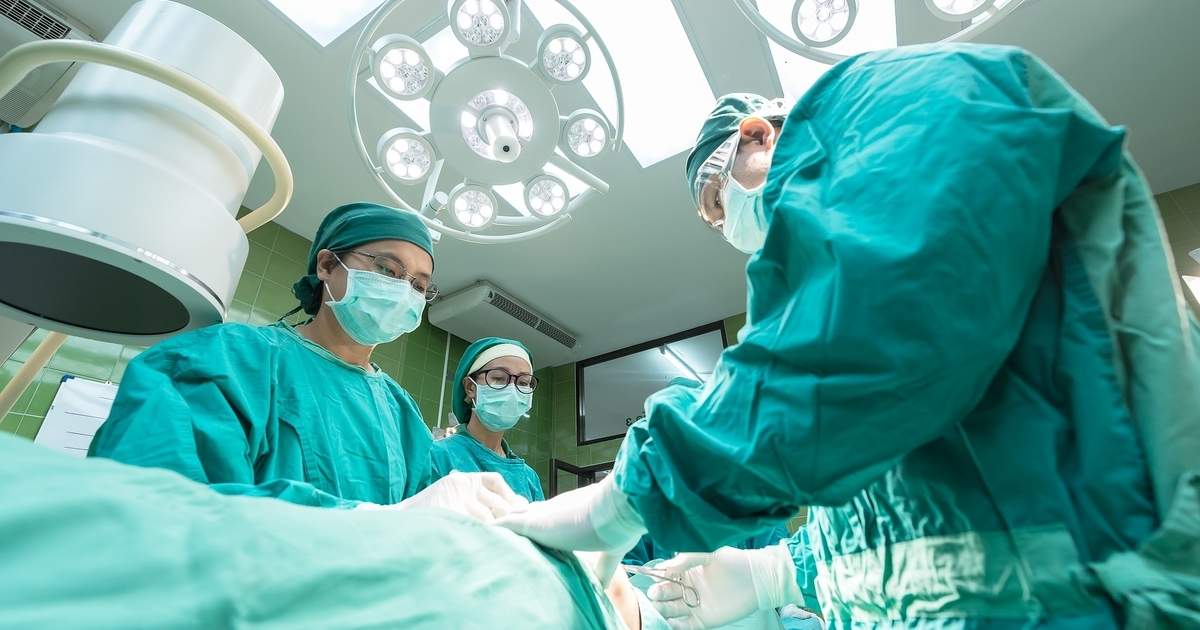
Patients who have gallbladder damage or have regular flare-ups of acute cholecystitis may need to have their gallbladder removed through a cholecystectomy. This procedure may be done using an open or a laparoscopic approach. With the open approach, the surgeon will make a long incision to reach the gallbladder. However, this method is rarely necessary. The laparoscopic approach only requires several smaller incisions, allowing for prompter healing and recovery with less chance of complications.
Patients who are too ill for the described cholecystectomy may require a procedure called a percutaneous cholecystostomy. During this procedure, the surgeon will drain excess bile through a needle inserted through the abdomen and into the gallbladder. This is typically only a temporary measure until the patient can safely have their gallbladder removed.
Understand the next strategy for preventing and treating acute cholecystitis now.
Reduce High Cholesterol Foods

It is believed excess cholesterol can play a part in the formation of gallstones, which could lead to the development of acute cholecystitis. Reducing dietary cholesterol may help reduce a patient's chances of developing gallstones. Additionally, it is important for obese individuals to lose weight, though they should do so slowly. This is because the body produces more cholesterol if it must break down stored fat quickly. When an individual loses weight slowly and reduces high cholesterol foods, they are doing their part to prevent the development of gallstones and a potential flare-up of acute cholecystitis.
Learn more about how to prevent and treat acute cholecystitis now.
Course Of Antibiotics
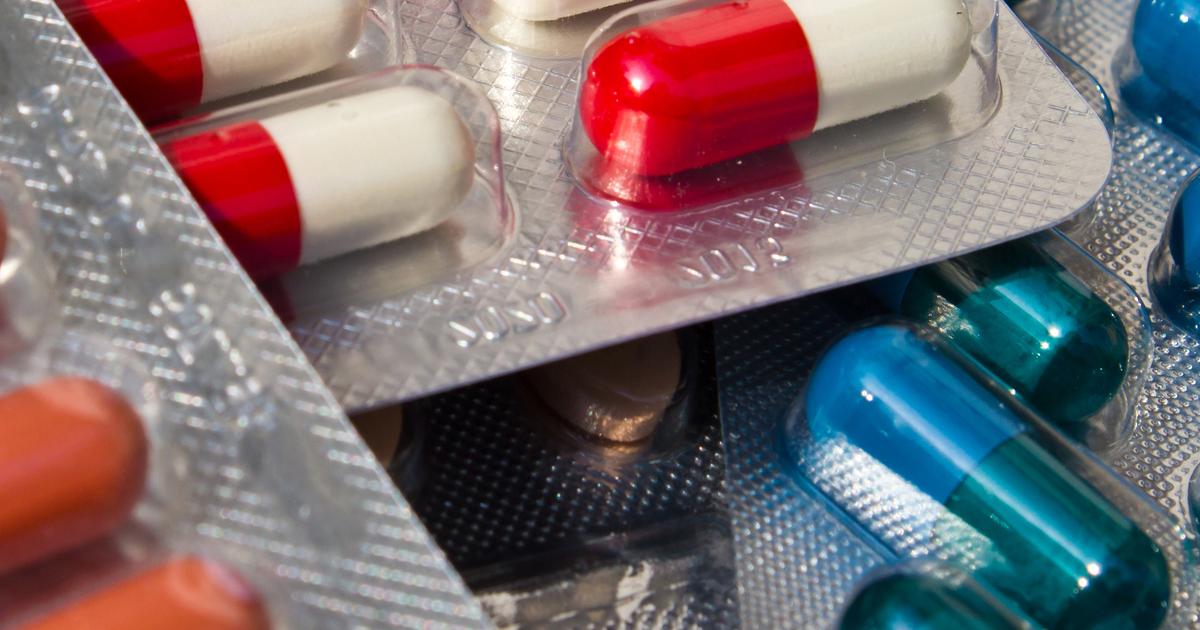
An individual affected by acute cholecystitis may need to take a course of antibiotics as part of their treatment regimen. Acute cholecystitis develops when the opening to the gallbladder becomes obstructed by something, such as a tumor, bile sludge, or gallstones. Bacteria can then become trapped in the gallbladder and colonize in the blocked bile. The colonization of bacteria in the gallbladder causes the immune system to respond because of damage to the gallbladder cells. This immune response includes summoning multiple types of white blood cells and other immune system substances to the gallbladder tissues to help ward off the infection-causing bacteria. Blood vessels become dilated during this process to facilitate the influx of cells and substances to the infected gallbladder. This mechanism is what produces gallbladder swelling and inflammation. To treat this inflammation, antibiotics may need to be used to kill the bacteria that has caused the infection.
Get more information on treating and preventing acute cholecystitis now.
Lose Excess Weight
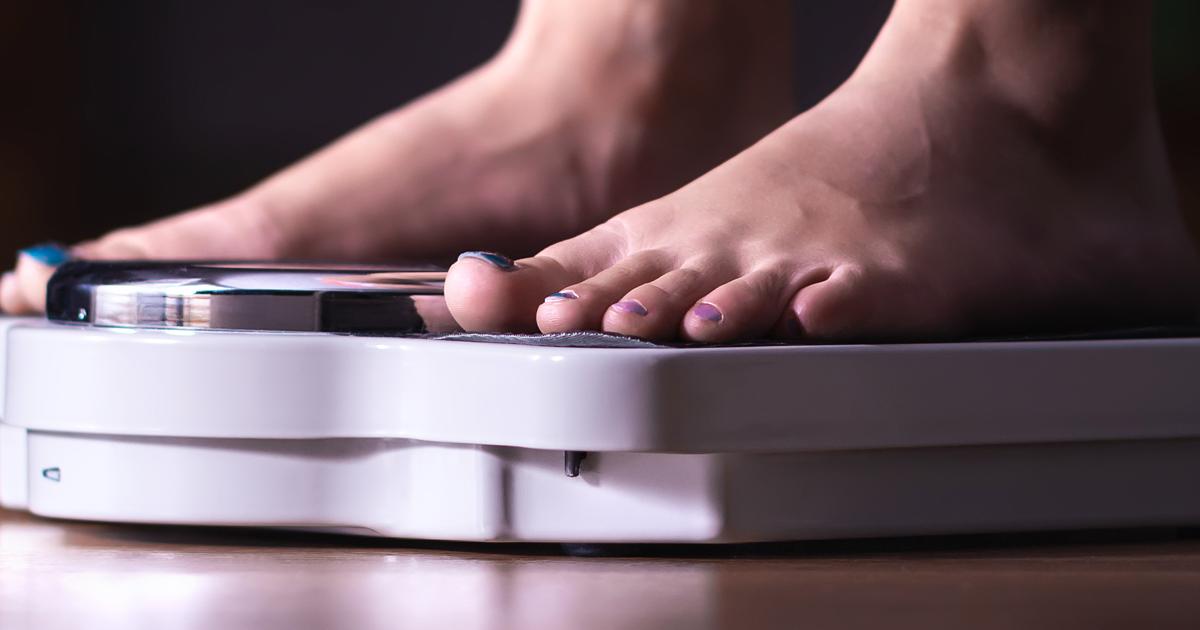
An individual can help prevent the development of acute cholecystitis by maintaining a healthy weight. For many individuals, this requires them to lose weight and sustain a certain lifestyle and diet. Gallstones are the main reason for the development of acute cholecystitis. Someone who is overweight or obese is at a greater risk of developing stones in the gallbladder. Gallstones develop because the bile in the gallbladder has too much cholesterol or fat content. An individual who is overweight or obese has an altered balance of bile acids, lecithin, and cholesterol in their gallbladder. Excess fat can also cause an individual's gallbladder to fail to empty fully. Losing excess weight can easily prevent the development of gallstones and subsequent acute cholecystitis, but losing too much weight too rapidly can also trigger this condition. An individual who is losing weight to prevent acute cholecystitis shouldn't lose more than three pounds in one week.
Read more about options for treating and preventing acute cholecystitis now.
Endoscopic Retrograde Cholangiopancreatography
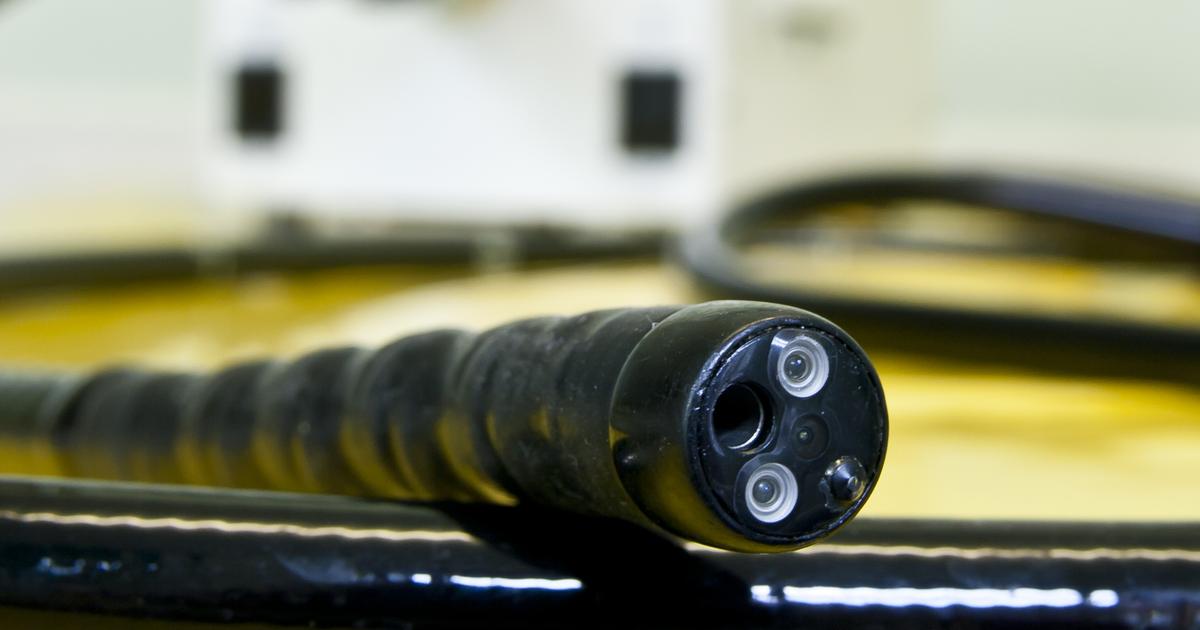
An acute cholecystitis patient may need to undergo a procedure referred to as endoscopic retrograde cholangiopancreatography as part of their treatment plan. Endoscopic retrograde cholangiopancreatography is a procedure that uses both x-rays and an endoscope to extract or remove any blockages in the opening of a patient's gallbladder. An endoscope is a long, thin, flexible tube equipped with a camera and light on the end and has the capacity for the use of certain small instruments. Once the endoscope is in place in the bile duct, a certain dye is injected to give the surgeon a visual of where the blockage is located and its severity. The contrast dye highlights the flow of fluid in the body when looking at it through an x-ray. Small instruments are then used to break up the stone and remove the fragments from the gallbladder opening. The removal of the stones or obstruction in combination with antibiotics can treat acute cholecystitis.
Keep reading to reveal more options for treating acute cholecystitis now.
Tube Insertion To Drain Infection
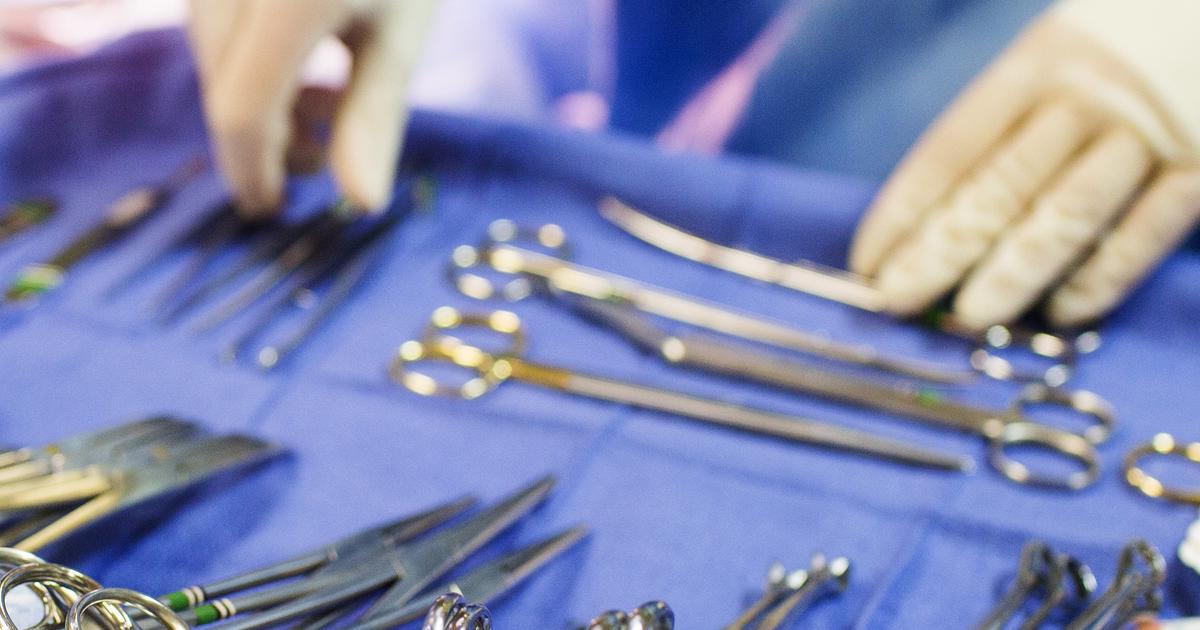
An acute cholecystitis patient may need to undergo an endoscopic ultrasonographic guided biliary drainage procedure to treat their infected gallbladder. This treatment is typically used in individuals who have not had success with other prior interventions, have an inaccessible ampulla, or have had a previously failed bile duct cannulation during an endoscopic retrograde cholangiopancreatography. An endoscopic ultrasonographic guided biliary drainage procedure is performed by inserting an endoscope through the patient's mouth to reach their gallbladder and bile duct. Another procedure that involves making a small incision in the patient's abdomen to reach the gallbladder can also be used to drain the infection. In both procedures, a tube is inserted into the gallbladder, and the fluid or pus from inside of the gallbladder is given the opportunity to drain from the body. The removal of the infection from the gallbladder can help make antibiotics more effective at killing the causative bacteria.
Discover additional ways to prevent and treat acute cholecystitis now.
Eat Smaller Meals
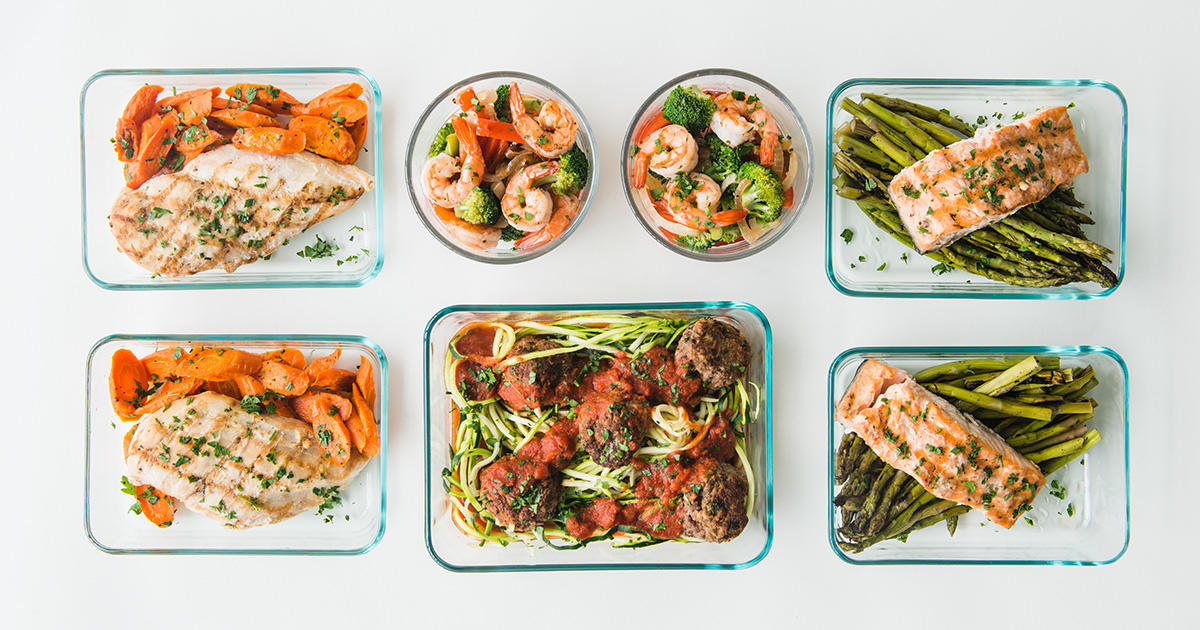
An individual affected by acute cholecystitis may be advised to eat multiple smaller meals during the day rather than three large meals. When an individual consumes food, it is digested by the acids in the stomach and then moves into the small intestine. Once food has reached the small intestine, the gallbladder contracts to squeeze bile into the small intestine. Bile helps the small intestine break down fats in the food. A larger meal with greater fat content causes the production of more bile that will be drained into the small intestine to help with the digestion of fats. A gallbladder that has been damaged due to a recent acute episode of inflammation may be unable to return to its full functionality right away after the infection has been cleared. While the gallbladder tissues are healing, it may be best for an individual to spread the workload for their gallbladder out over several meals instead of expecting it to provide larger amounts of bile less frequently.